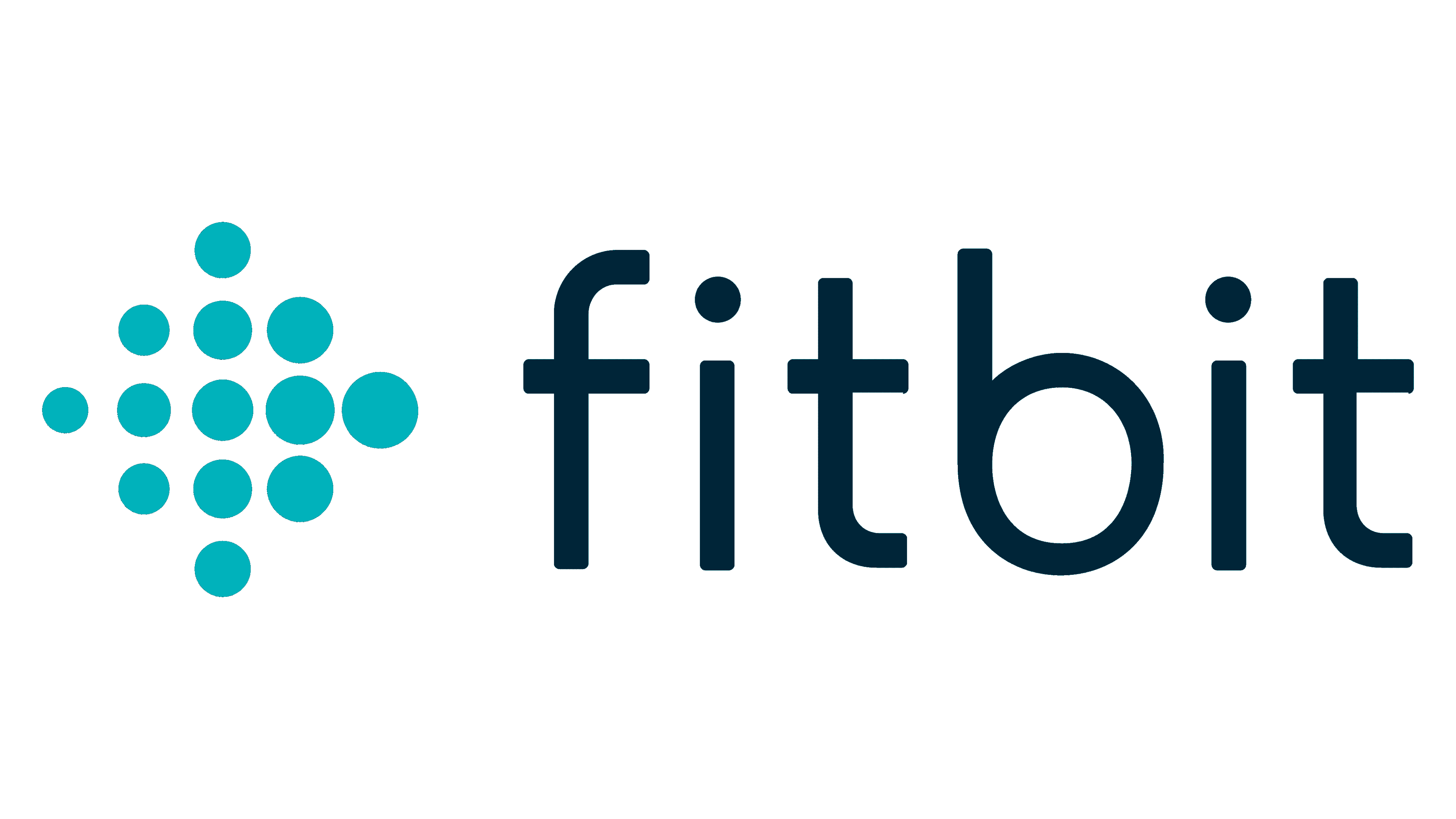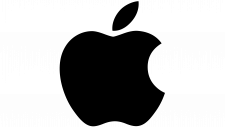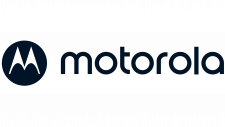Fitbit Logo
Established by visionaries James Park and Eric Friedman, Fitbit emerged as a groundbreaking enterprise in the realm of health and wellness gadgets. This enterprise took the tech world by storm, introducing cutting-edge personal tracking devices that focus on the individual’s needs. These innovative creations swiftly captivated consumers with their intuitive interfaces and sophisticated features, allowing seamless connection to a tailored mobile application. The application delivers in-depth analysis of various personal health indicators such as physical activity levels, cardiac rhythms, and patterns of rest.
Fitbit stood as a vanguard, propelling the health tech sector forward by offering wearable devices that not only monitor but also encourage a proactive approach to health management. The brand’s reputation soared as it launched a series of wearables that catered to a spectrum of health-conscious individuals, from fitness novices to seasoned athletes. These gadgets became vital tools for users seeking to enhance their wellbeing, providing real-time data that helped forge healthier habits. Through continuous refinement, Fitbit’s offerings have expanded beyond mere tracking; they now include features that motivate lifestyle changes and promote overall wellness. Their user-centric philosophy has endured, ensuring that as the company grows, the focus remains steadfastly on empowering users with the knowledge to take charge of their health journey.
Meaning and history
Fitbit, a trailblazer in health and fitness wearables, was co-founded in 2007 by James Park and Eric Friedman. Starting as a small startup with a vision to revolutionize personal health monitoring, Fitbit quickly carved out a niche in the burgeoning wearable tech market. Their first product, the Fitbit Tracker, was a game-changer, introducing a new way for individuals to track their physical activities and health metrics.
As the company grew, it expanded its product line, diversifying into a range of fitness trackers and smartwatches. This expansion was met with both challenges and successes. Fitbit’s dedication to innovation kept them at the forefront of the health tech industry, but they also faced intense competition from tech giants like Apple and Samsung.
In 2015, Fitbit went public, a significant milestone that underscored its market dominance and brand recognition. However, the landscape of the wearable tech market was rapidly changing, with competitors offering more integrated health and tech solutions.
In a strategic move to further expand its capabilities and market reach, Fitbit was acquired by Google in 2021. This acquisition marked a new chapter for Fitbit, integrating Google’s advanced AI and software expertise with Fitbit’s pioneering approach to fitness tracking. Under Google’s ownership, Fitbit continued to innovate, focusing on delivering advanced health features and seamless integration with a broader ecosystem of services and devices.
Throughout its journey, Fitbit’s core mission remained consistent: to empower and inspire individuals to lead healthier, more active lives. Despite changes in ownership and market dynamics, Fitbit has maintained its reputation as a leading provider of wearable health and fitness technology.
What is Fitbit ?
Fitbit stands out in the wellness tech landscape, celebrated for its array of devices that meticulously record a host of fitness indicators. Renowned for its trailblazing spirit and emphasis on consumer satisfaction, Fitbit has carved a niche for itself at the vanguard of the health gadget sector, consistently adapting to the dynamic preferences of its clientele.
2007 – 2016
The logo displayed is a distinctive representation of the brand Fitbit. It consists of a two-part design: on the left, a dynamic pattern of dots in two shades of teal – some dark and some light – arranged in a formation that resembles both a digital byte and a human in motion, embodying the essence of activity and technology. On the right, the brand name “fitbit” is written in a clean, sans-serif lowercase typography, emphasizing simplicity and approachability. The ‘i’ in ‘fitbit’ is dotted with a brighter teal circle, adding a pop of color and drawing attention to the brand name, suggesting a spotlight on personal goals and achievements. This logo encapsulates Fitbit’s core identity as a modern, tech-savvy company focused on health and fitness.
2016 – Today
This logo retains the iconic Fitbit identity, presenting a harmonious blend of technology and human vitality. On the left, the dot matrix forms a diamond, suggesting a global reach and holistic health. The varying sizes of dots could symbolize an inclusive community with diverse health goals. The word “fitbit” is in bold, sans-serif typeface, with the ‘i’ punctuated by a solitary dot above, reflecting clarity and focus. Comparatively, this logo keeps the teal palette and lowercase type, yet exudes a more robust presence with thicker lettering and a more compact dot arrangement than the previous one, aligning with a matured brand identity that has evolved over time. All the dots on the emblem became turquoise, and in the text the dots on the i became the color of the letters.













